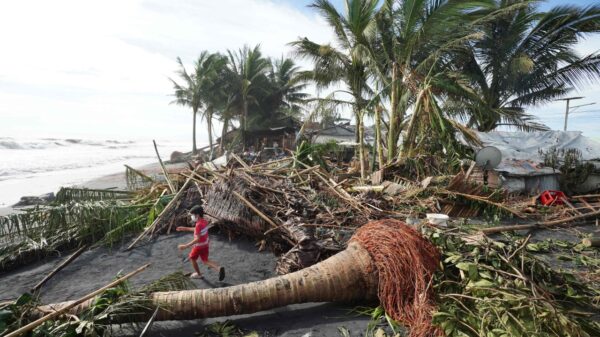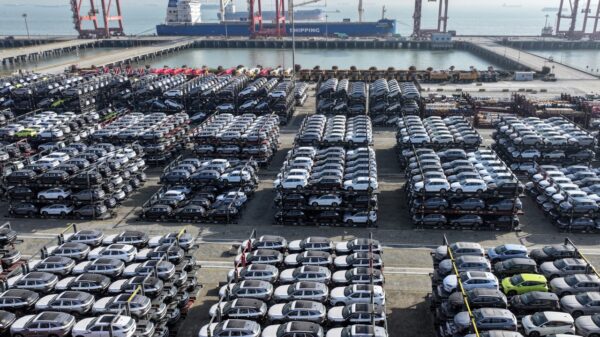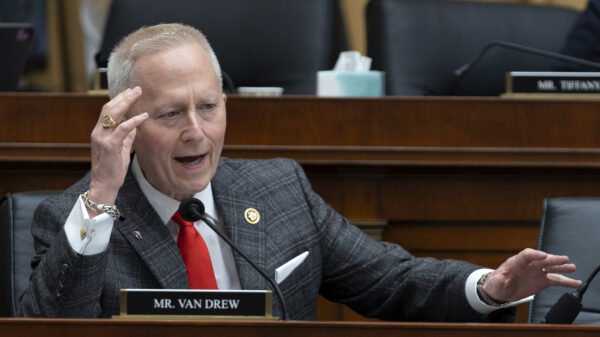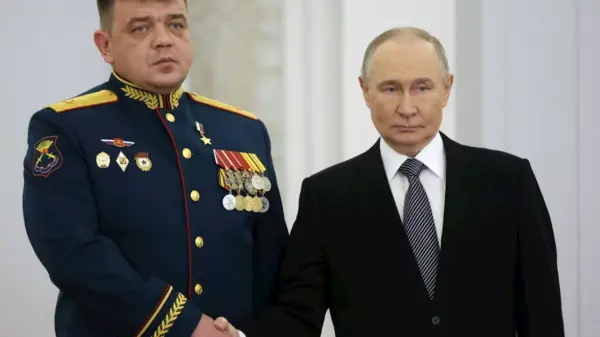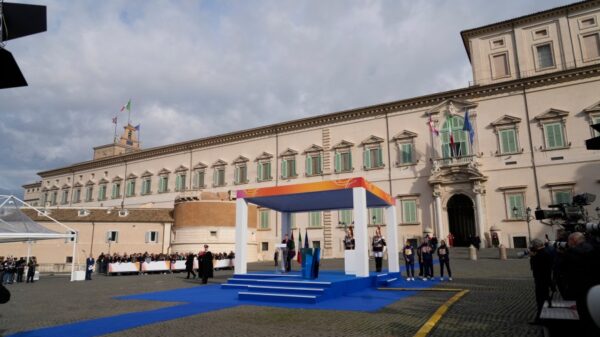Cambodia and Thailand have officially extended a ceasefire agreement that ended their border conflict earlier this year, a resolution facilitated by former U.S. President Donald Trump. The signing took place on July 30, 2023, during the annual summit of the Association of Southeast Asian Nations (ASEAN) in Kuala Lumpur. The conflict, which began in July, resulted in numerous fatalities and displaced hundreds of thousands along the disputed 800-kilometer (500-mile) border.
At the summit, Cambodian Prime Minister Hun Manet and Thai Prime Minister Anutin Charnvirakul formalized the expanded ceasefire, which includes key provisions such as the release of 18 Cambodian soldiers held by Thailand and the commencement of heavy weapon removal from the border area. This agreement marks a significant step towards stabilizing relations between the two nations, which have experienced territorial disputes for decades.
Background of the Conflict
The recent clashes along the Thailand-Cambodia border had escalated tensions, with both countries suffering losses. The intervention by Donald Trump played a pivotal role in bringing the two nations to the negotiating table. His administration applied pressure through the potential imposition of higher tariffs, persuading both sides to cease hostilities and seek a diplomatic resolution.
The ceasefire is not only a relief for the affected populations but also reflects broader regional efforts to enhance stability in Southeast Asia. The agreement comes at a time when ASEAN is focused on fostering cooperation among its member states, especially in light of rising geopolitical tensions.
ASEAN Summit Highlights and East Timor’s Admission
The signing ceremony coincided with significant developments in ASEAN, including the admission of East Timor as the newest member. During the summit, Prime Minister Xanana Gusmao expressed that this milestone was a “dream realized” for East Timor, emphasizing the potential for economic growth through membership in a bloc comprising approximately 680 million people and a combined GDP of around $3.8 trillion.
The inclusion of East Timor, which has faced numerous challenges since gaining independence in 2002, is seen as an opportunity to enhance its economic prospects. The nation has a GDP of approximately $2 billion and is striving to diversify its economy beyond its reliance on oil and gas revenues.
Malaysian Prime Minister Anwar Ibrahim, who holds the rotating chairmanship of ASEAN, remarked that East Timor’s accession “completes the ASEAN family,” highlighting the bloc’s commitment to inclusivity and regional cooperation.
While the addition of East Timor presents opportunities, it also poses challenges. According to Joanne Lin, co-coordinator of the ISEAS–Yusof Ishak Institute’s ASEAN Studies Centre, East Timor’s administrative capacity must develop further to ensure effective participation within ASEAN.
In summary, the extended ceasefire agreement between Cambodia and Thailand, coupled with East Timor’s admission to ASEAN, marks a significant moment in Southeast Asian diplomacy. These developments illustrate the region’s commitment to stability, cooperation, and economic growth amid a complex geopolitical landscape.







